
All about beavers in Kent!
Education Manager Tom White tells us about his first experience seeing a beaver in the wild.
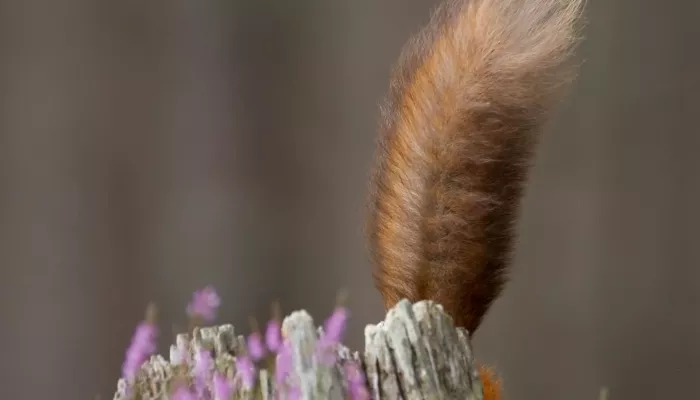
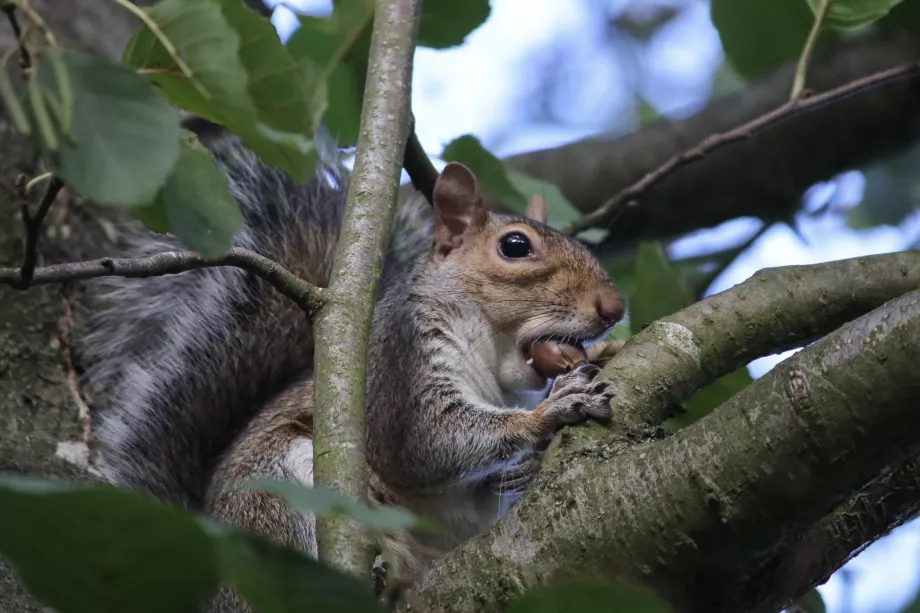
© Susan Scullard
Conservation efforts to help red squirrels thrive continue and whilst low in number, there are populations in Scotland, small parts of northern England and Wales, and some coastal islands, like Brownsea Island in Dorset. There are also declining populations in Ireland.
Red squirrels are at the heart of long-established conservation efforts from charities and organisations that recognise that without urgent action, we risk losing these native species from our landscape altogether. A number of county-based Wildlife Trusts now form part of the Red Squirrel Recovery Network, made up of over 50 groups committed to bringing red squirrels back from the brink of extinction.
The first year of the project, which was announced in October 2023, will involve collecting baseline data on squirrel populations and building upon emerging science to support the delivery of grey squirrel fertility control.
According to the Red Squirrel Survival Trust, “the addition of a contraceptive for grey squirrels to other control measures will lead rapidly to a natural drop in their numbers, allowing the population of red squirrels to recover gradually and naturally until they once again flourish throughout the United Kingdom.”
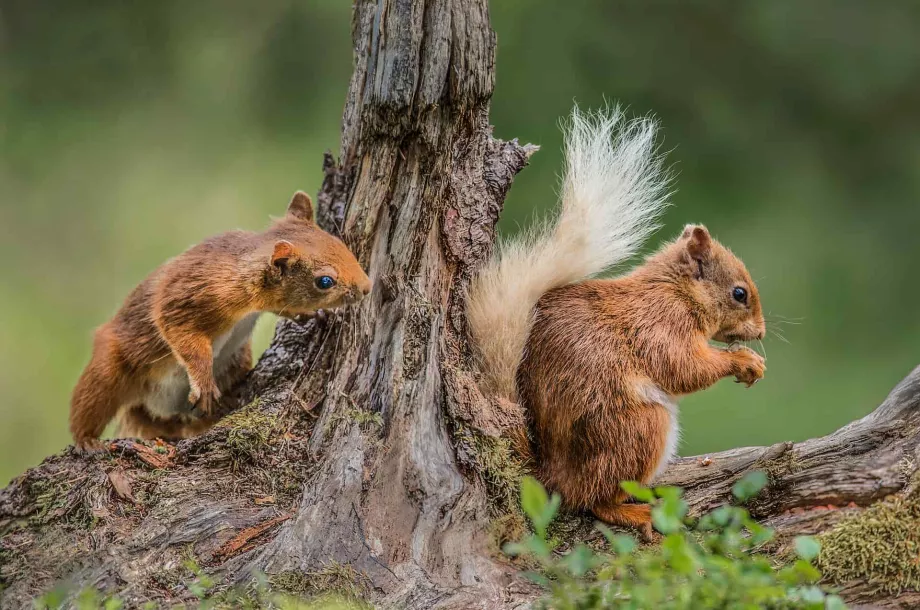
© Gillian Lloyd
We are working with Sussex Wildlife Trust, Wildwood Trust, Ashdown Forest, and Forestry England to assess the feasibility and possibility of restoring pine martens (Martes martes) to the South East of England.
We would like to see the restoration of pine martens back to the South East of England as they are part of Britain’s natural fauna and play important ecological roles that contribute to a biodiverse environment by dispersing the seeds of the fruits they eat as well as influencing small mammal populations through predation as part of their varied diet.
Evidence from Ireland and Scotland suggests that where there are high numbers of pine martens, grey squirrel numbers are lower or decreasing, whilst red squirrel numbers are increasing. This trend is seen within as little as 15 years of pine martens recolonising an area.
There is evidence from diet analysis that pine martens do eat grey squirrels. Pine martens will occasionally predate red squirrels, however, red squirrels are small and agile and hard to catch compared to the grey squirrel, which are larger and slower. In addition to their abundance, grey squirrels spend more time on the ground, so are likely to be an easier prey item for pine martens.
Therefore, having a natural predator back in the ecosystem which may help to reduce grey squirrel numbers could not only pave the way for red squirrels in the South East of England as well, but reduce the impacts of tree damage.
This project is in its early stages. We are currently determining whether the habitat in the South East is suitable for pine martens, and are talking to a range of local people and stakeholders about how they feel about pine martens and their potential reintroduction through ecological and social feasibility studies.
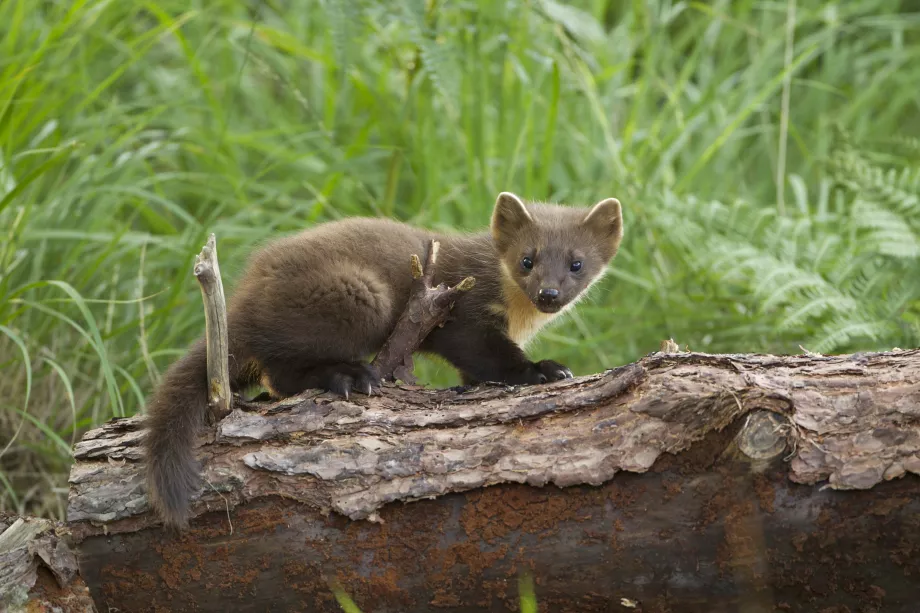
©Mark Hamblin/2020VISION

Education Manager Tom White tells us about his first experience seeing a beaver in the wild.
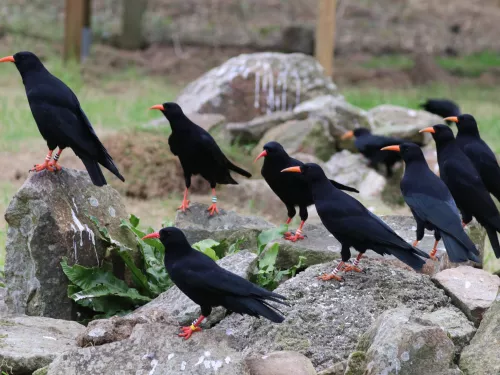
Director of Paradise Park Cornwall, Alison Hales explains the history of chough reintroductions and successful progress over recent decades including their work with Wildwood Trust and Kent Wildlife Trust to reintroduce them in Kent.
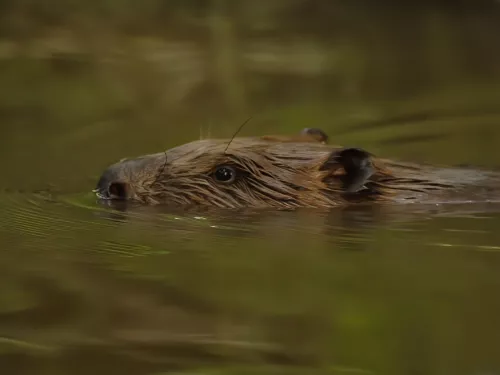
On International Beaver Day, Amy Fitzmaurice reflects on the rich history of south east England's relationship with beavers and links to the 14th Century 'Beaver Wars'!